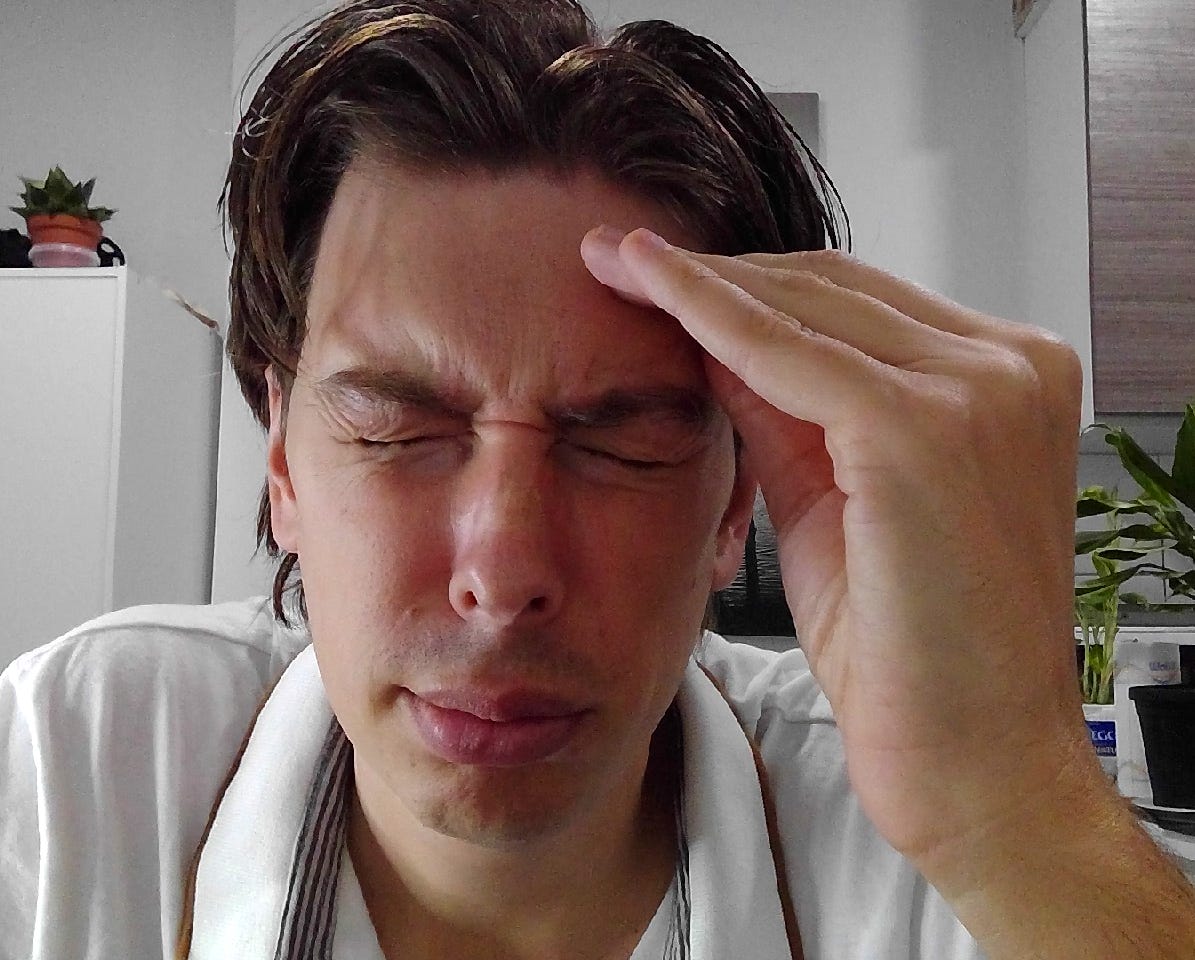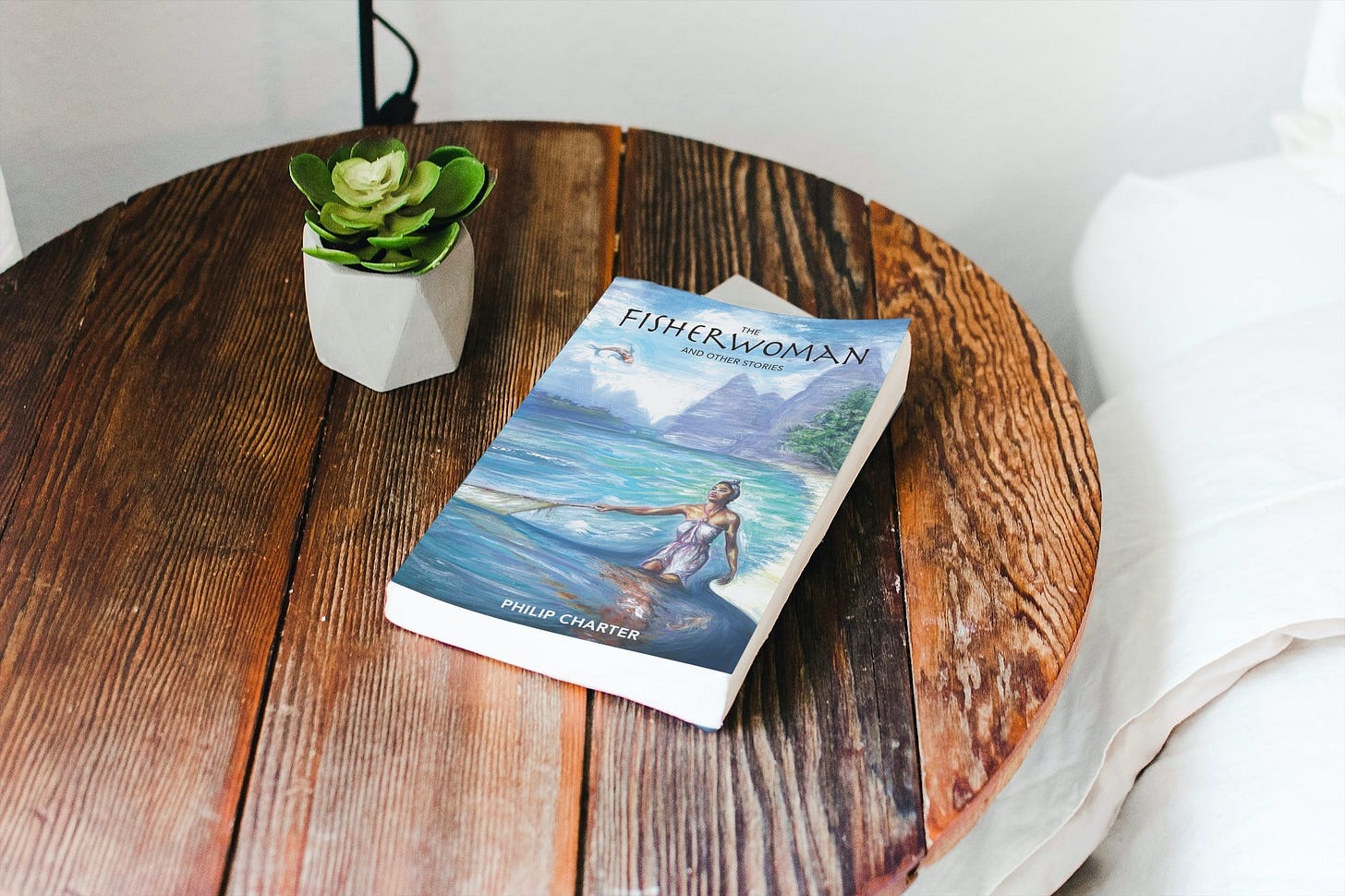My First Self-Pub Projects: What Went Wrong?
+ Key learnings to help me publish my best book at the third time of asking
You’ve published a book! 🎉
But so have about 1 million other people this year. 😟
That’s not an exaggeration. Figures vary, but my research tells me that your product is likely competing with a million other new books launched in the same year.
And what about all the other books on offer? Buyers have over 300 million to choose from. How the hell do we know what to buy?
4 scenarios for book buying in 2024 (in order of likelihood):
Buyer walks into a store (or browses online) for a present or something to read on holiday. They don’t have a specific book in mind. They leave with the latest bestseller or a heavily promoted title from a Big Five publisher.
Buyer knows exactly what they want and find it online through Google or Amazon. A friend has been raving about a new book and they want to read it too.
Buyer follows a link from a friend or family member who is promoting their book on social media.
Buyer (who is a keen reader) follows a genre author who writes trilogies or series. They see advertisements, posts or email marketing and buy through that.
Perhaps there are more scenarios, but I’d say (as a book buyer myself), these are the most likely scenarios.
Writers tend to focus on what they enjoy — writing. And in the months leading up to publication, writers often imagine a fifth scenario for book buying. Their book rises up the charts, garnering reviews, spreading via word of mouth, and selling well… all because it’s great.
Unfortunately, this rarely happens. Like, hardly EVER.
Book sales are not a meritocracy. They rely on marketing. That, in a nutshell, is what I’ve learned from two previous attempts at self-pub.
Enough of this yacking. Let’s travel back to the year I published my first book.
Foreign Voices (2018)
I collated my published stories from 2016-18 into a book of short fiction. My goal was this: to have a book. It seems silly because anyone can publish a book, but I could show this to my students and clients and say ‘Look, I told you I’m a writer’. Sometimes, a book is about authority not just sales.
I rushed the book to print because I had been told Christmas was a good time to launch. At that point, my dad was nearing the end, and I wanted him to hold the first proof copy. Thankfully, I got to watch him open the book and read the only dedication I’ve added to a book. For my father.
The Positives:
I learned about what makes a book a book — front and back matter, copyright notices, ISBNs etc.
After getting to grips with the KDP platform, I designed my own cover. I managed to produce a book which wouldn’t seem drastically out of place in a store.
The reception was positive. Many friends and contacts had not read my work (which had appeared in literary magazines). I received lots of congratulations and well wishes.
The Negatives:
I spent an insane amount of time tinkering with the typesetting and layout.
I did virtually no marketing. No build-up, no plan, and no ARC copies sent. I believed that short-fiction fans around the world would magically find the book.
The timing of the book sucked, and I rushed it. There are a few weak stories I used to pad the book to 200 pages because I worried readers would consider it poor value.
Overall, I was happy to have a real book out there in the world. I kept writing and publishing stories and dreamed of competition success and getting signed by an agent.
The Fisherwoman and Other Stories (2021)
It took three years to put my next book together.
Again, I wanted to collate previously published stories and package them into another book. I had learned more about the publishing industry and the UK short-fiction scene by 2021.
I’d entered the book into a few competitions and submitted it to some indie presses, but with no success. So I decided that this time, I would make a plan.
The Positives:
I managed to line up some reviews from key players in the UK LitMag scene.
I got some promo quotes from well-known short-fiction authors.
The quality of the stories was better (some prize-winning tales in there).
I spent more effort marketing via my social channels and performed some live readings.
The Negatives:
The production costs were higher. I paid for proofreading, typesetting, and cover design.
While I love the unique cover image (a friend of mine produced it), it’s perhaps not as striking in thumbnail form. This impacted interest and sales quite a lot.
The title was not as clear or engaging as Book 1.
I didn’t have an email list or any effective channels to market the book.
Again, I did not line up enough ARC reviews.
I played around with KDP ads and generally lost money on the campaigns.
I was happy to be the father of two books, but The Fisherwoman didn’t really move my writing career forward by much. After this book was published, my focus changed as my next book was traditionally published just 6 months later.
Results and Key Learnings
For each book, I sold between 100 and 200 copies. While money was not my main motivator, I probably did no better than breaking even.
I spent thousands of hours producing these books, and they brought me a few hundred readers and little money. This might shock you, but remember that more than 90% of self-pub book titles sell under 200 copies.
That’s the reality of so much choice. It comes down to marketing, not quality. If you are not able to tell the right people about a product they need, your book launch will go exactly like my first two.
As a literary writer who uses the fairly out-of-favour format of short stories, I can’t expect too much more. Quite simply, collections are not commercial products. That’s why big publishers don’t want to touch them with a barge pole.
In addition, I’ve learned that reviews are everything. Being honest, I would think twice about buying a book with only 3 reviews, so I guess you would too. Authors need to show strong social proof, even if it doesn’t immediately come from buyers.
What I’ll do differently this time
The reason I’m returning to self-publishing is that I believe the A-Z of Rotten Uncles IS a commercial product. It’s something that any uncle around the world can buy for their 7-11-year-old nibling.
This time, I’m building hype earlier (starting 5-6 months out). I’m also looking to build a long tail for 2025 marketing. This will involve readings, events, book fairs, an email list, translations, and consistent social posts.
Now, I have a digital audience of 30k+ people (LinkedIn, Medium, Facebook, and mailing lists). But more than an audience, I have a network of brilliant writers, publishers, and professionals (many of whom are uncles). I’ll be looking to harness the power of my connections to help this book break through into that top 10% of the self-pub market.
I’ll be frequenting KidLit forums and Children’s Author groups to club together with other authors and make some noise.
Who knows, I might even spend some money on advertising.
And most importantly, I’ll be sending out hundreds of ARC invitations to contacts so I can get some Amazon reviews on the board early.
As you can tell, I don’t really know all that much about self-publishing. I’m learning as I go.
What have you learned from your Amazon adventures? If you have any tips on self-publishing, please drop them in the comments.
Thanks for reading.
Be nice to your niblings.






Looking to publish a book some time soon – this was helpful! Thanks
It takes a wise person to learn from their mistakes. Count me in for the ARC if there's a digital copy. Mail usually gets lost in the town where I live, but I'll gladly leave and Amazon and Goodreads review if I can get a digital one.